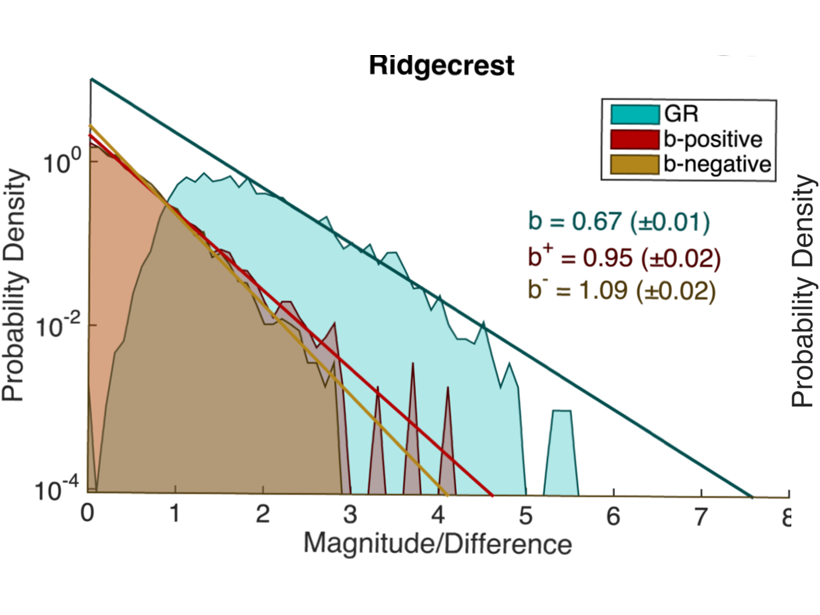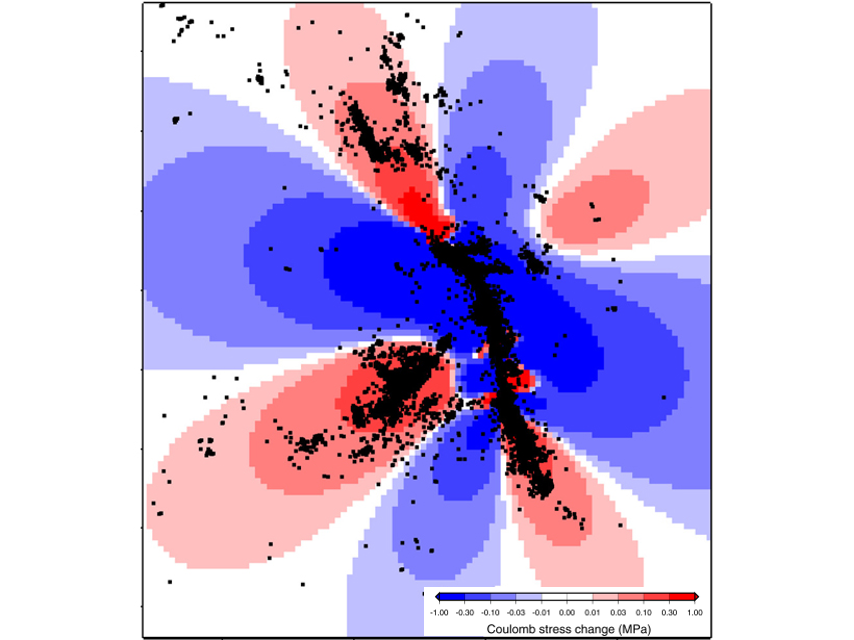More accurate aftershock zones reveal that the rupture areas of megathrust Aleutian–Alaska earthquakes are larger than we thought and partly overlap, in contradiction with the seismic gap hypothesis.
Agnes Helmstetter
Associate Editor, JGR: Solid Earth
Posted inEditors' Highlights
A New Robust Estimator of Earthquake Magnitude Distribution
The b-value, which describes the fraction of large versus small earthquakes, is less sensitive to transient changes in detection threshold and may improve the detection of precursory changes.
Posted inEditors' Highlights
The Failure of Physics-Based Earthquake Forecasting Models
Spatial clustering of aftershocks explains why simple statistical models often outperform complex physics‐based earthquake forecasting models even if the physical mechanisms are correctly modeled.



